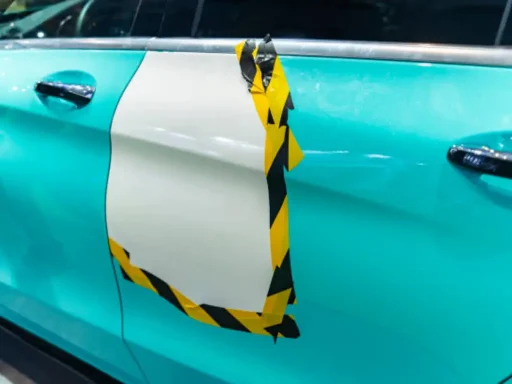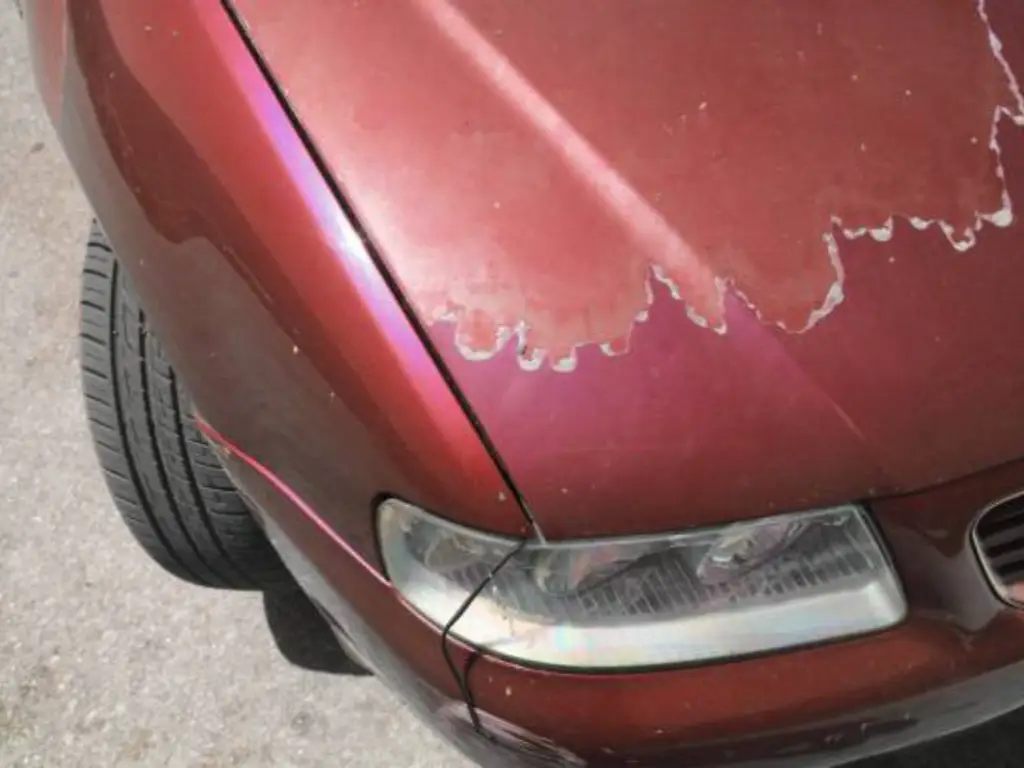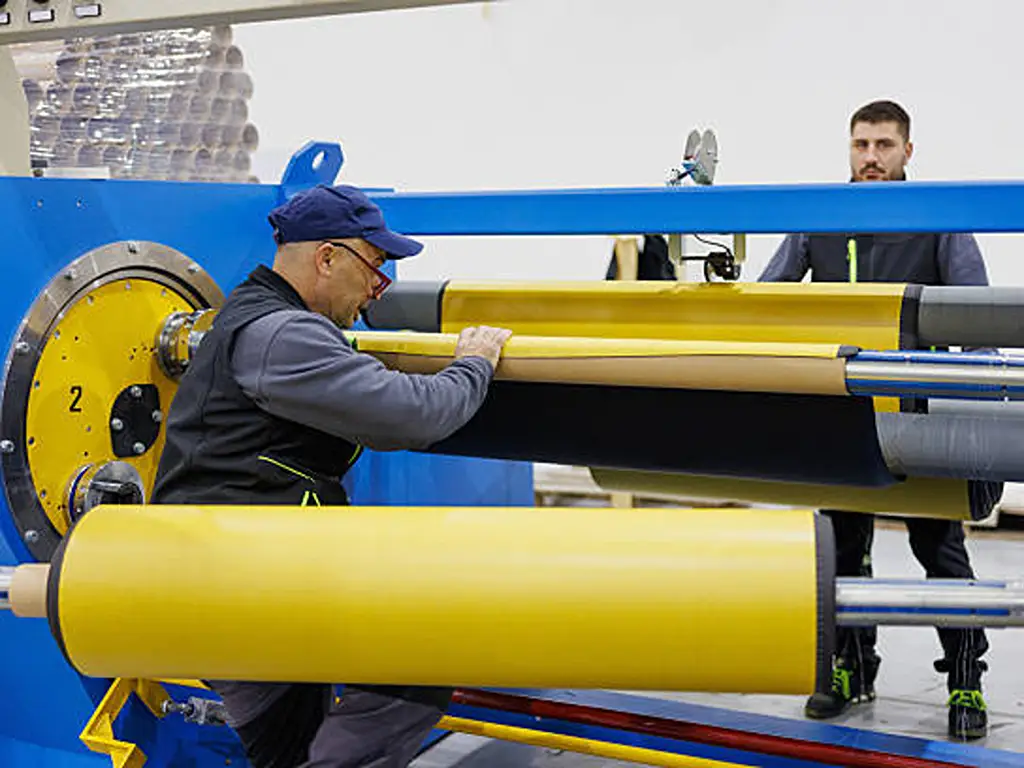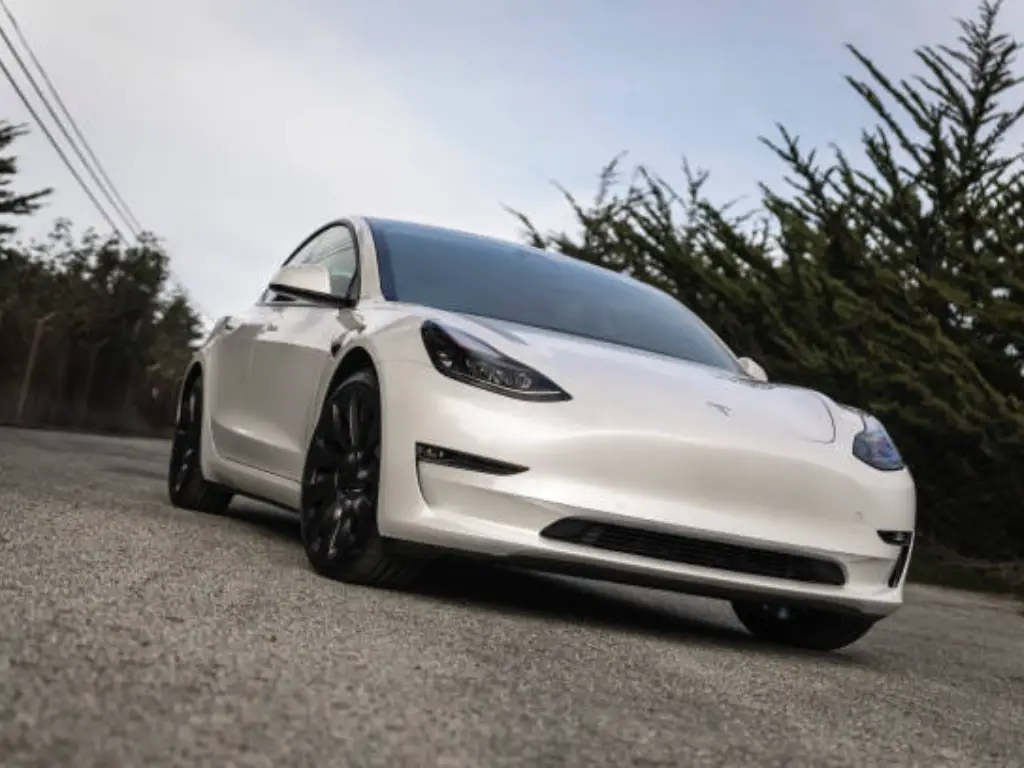The World of Vehicle Films: More Than Just a Color Change
Vehicle wrap films have become as an essential technology in a world of automotive customization and preservation. There are two sorts of products of different kinds when we talk about coloring or preserving the look of your car: colored vinyl wraps (popularly called car wraps), and the technically advanced Paint Protection Film (PPF). They might seem to look like the untrained eye, but actually, they are far apart in terms of the reason they are used, material and performance capacity.
Vehicle wrap is, by far, a more common one of the two. It has been bellyaching through the masses in a top-you capacity as an easily available yet groundbreaking system of modifying the look of your vehicle without the dedication and commitment of a conventional painting job.
Its benefits are compelling:
- It has an almost unlimited range of custom designs as well as textures and finishes.
- It can be fully removed without destroying the original paint under the vehicle.
- It offers a low cost solution to a high quality respray.
The versatility of vinyl wraps has led to their adoption across a wide spectrum of users and applications. We can broadly categorize them to understand their primary roles in the market:
| Wrap Type | Primary Purpose | Common Materials & Finishes | Ideal For |
| Color Change Wraps | Aesthetic Customization | Gloss, Matte, Satin, Chrome, Carbon Fiber | Car owners seeking a unique, non-permanent look of your vehicle. |
| Commercial & Advertising Wraps | Branding & Marketing | Digitally Printed Vinyl with Protective Laminate | Businesses aiming to create mobile billboards with custom graphics for high-impact, local advertising. |
| Textured & Specialty Wraps | Unique Tactile Finishes | Embossed patterns (e.g., leather, alligator) | High-end customization projects for a distinct visual and tactile feel. |
| Partial Wraps & Graphics | Accents & Livery | Die-cut Vinyl Graphics, Roof/Hood Wraps | Owners looking for subtle enhancements like racing stripes or accent pieces. |
The popularity is indicated in an industry with the global automotive wrap films having strong growth and is expected to record a sharp rise in the years to come. It is fuelled by a more educated base of consumers who become more in want of something personal. Nevertheless, with its increased popularity, a question that has been raised critically and is a point of concern to every potential customer, can be raised: is it true that the car wrapping process can be detrimental to the paint of the car it is covering?

Why a Vinyl Wrap Can Damage Your Car’s Paint
To give you a fair and final response, here is the brief reply: yes, a vinyl can ruin the paint of your car. But it is important to know that such harm is not an inevitable consequence of the product in itself, but the consequence of certain and preventable falling short of expectations in terms of material quality, professional installation, or pre-existing conditions. Being an actual threat, the risk is also controllable and to a large extent avoidable.
Low-Quality Film Materials
The price range of unbranded vinyl films is also low, filled with cheap materials competing in the market, mostly manufactured by companies that do not invest much or anything at all in research and development. Such movies tend to come along with rough, low grade adhesives, which have the potential of bonding the car paint too much. This adhesive over time gets cured and hardens on sun exposure and UV rays.
When the vinyl wraps are tried to be removed, there can be a chance of this inferior glue peeling off parts of the clear coat and, in the worst case, even layers of paint. The vinyl material can also be cracked and shrunk, so it is almost impossible to remove it.
Unprofessional Installation and Removal
The quality of a wrap is as good as the technician in place. A novice or hapless installer poses a high level of risk. The most recurring risk of damage is under inappropriate use of the knife the technician cuts the vinyl and enters the car’s surface. Inadequate surface preparation (that is, not decontaminating the vehicle surface) may allow small debris to sit below the film resulting in blemishing the film and subsequent bonding problems.
Elimination is also essential. With a skilled hand, professionals apply factors of controlled heat and right equipment to facilitate easy application and maintenance-free removal. If you peel the car abruptly and fast, the risks of breaking the car paint are critically high.
Poor Original Paint Condition
The quality car wrapping is one that is safe to both apply and remove off the OEM factory paint. Nonetheless, a wrap is dangerous when the car paint is aftermarket or damaged, or it has been badly painted. Already peeling/bubbling paint will not adhere to the adhesive sufficiently and, in the process of removal, the wrap may start taking off the loose paint as well.

How to Prevent Vinyl Wrap Paint Damage
Understanding the risks is the first step; actively preventing them is what ensures a positive outcome.
1. Choose High-Quality Materials
The top manufacturers, such as 3M and Avery Dennision, formulate films with pressure-sensitive adhesive that is specially designed to peel off safely. These wraps are flexible and UV protective, and they are quite durable, which means that they serve as a shield to the most common adversities during a long service life.
2. Insist on Professional Installation
Seek skilled and certified installers (i.e. 3M Preferred Graphics Installer) who could assure an easy application. The good sign is a well-equipped facility, a portfolio of past experience, and popular customer response. An expert will check the car surface to remove any defects so that the car is in good quality prior to using the wrap.
3. Conduct a Thorough Paint Inspection
Before wrapping:
- Check to see whether the paint has been used before. Leasing companies and used cars buyers are usually concerned with original paint of the vehicle.
- Search for cracks, rock chips, rust or clear coat failure.
- Rub the surface with your hand (you need to have decontamination of the surface prior to wrapping), otherwise, use another wrap.
If your paint is not in a good state, then embrace the higher risk or opt instead to have the Paint Protection Film.
The Right Way to Remove a Vinyl Wrap: Protect Your Vehicle’s Paint with Care
There is need to remove the wrapping of the vinyl properly to protect the paint work on your car as well as maintain the cars appearance. Whether it is time you need to have a new paint appearance, whether it is a time when you are complying with the leasing companies where there is a specified regulation on the returning policy or at any occasion when you desire to change to the original paint color of an automobile, you will not damage the finishing of your car with well removed color.
Step 1: Heat to Loosen Adhesive
The heat gun should be used to warm the vinyl to 120-140F uniformly with heat. This softens the adhesive and does not heat it up extensively. Extended periods in the sun or direct sun-exposure normally requires heat in those parts without stops including the hood or the roofs because the vinyl is glued together with time. This listing procedure, removes tearing possibilities and it does not strain the vehicle paint on the underside.
Step 2: Peel with Proper Technique
After heating at a low angle (15-45° ),a slow peel is carried out. This exerts less pressure on the vehicle surface and aids in the reduced possibility of destroying the pain layer. Use peel on turns and bends in small sections in order to avoid peeling it off runner or peeling particularly in the cases where wraps are custom made with custom graphics or custom designs with additions of material stuff.
Step 3: Remove Adhesive Residue Safely
Some of the glue after removing may be left behind especially where the wrap has been used for long time. Apply with vinyl safe citrus based cleaner that would not damage the appearance of your car. Do not use strong solvents which will eat into the car paint.
Step 4: Clean and Inspect the Surface
Clean up by hand washing and see the condition of paint at the end. In the majority of the cases, vinyl will act as a protective layer against UV radiation, slight scratches and crumbs and paint on your car will not be damaged. This also clears the surface to new wrap or polish.
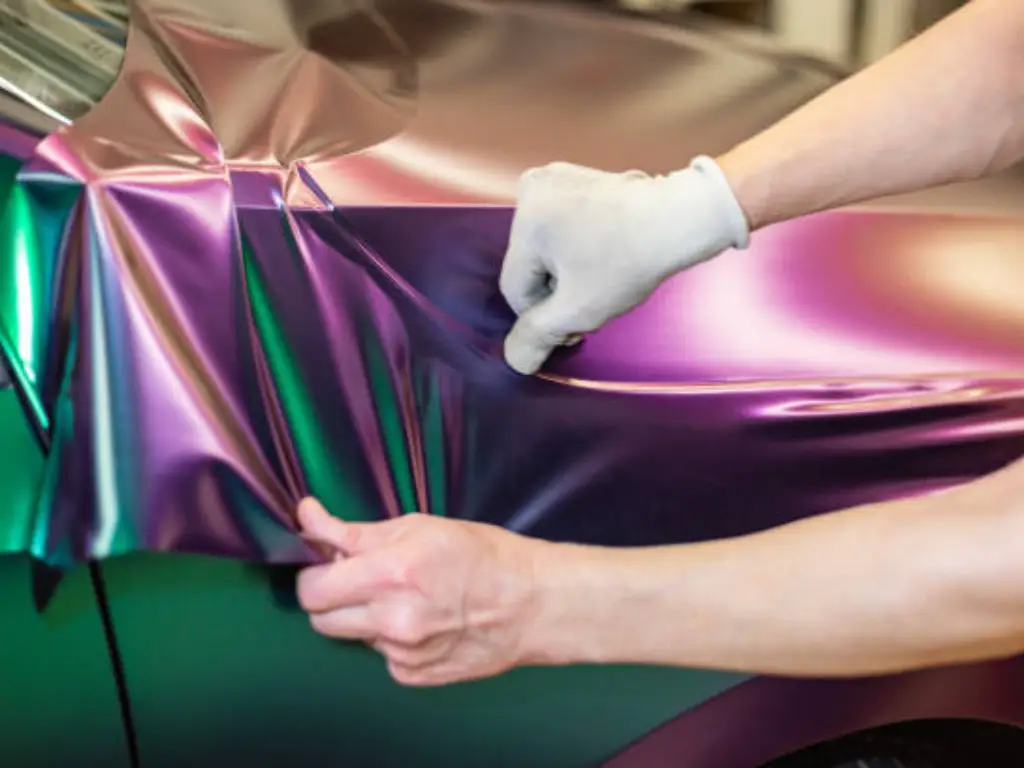
Does a Wrap Actually Protect Paint?
Yes, but subject to condition. Vinyl wraps provide an additional uv protection against:
- Fading and UV rays
- Light scratches and swirls markings
- Pollutants such as bird droppings, tree sap and pollution
The sacrificial layer may aid in ensuring a proper paint job of the vehicle can last even when in direct sunlight and harsh weather. It does not work as impact-resistant, though. It can even penetrate small objects on roads or scratches done intentionally. To have strong protection, it is not sufficient to use vinyl.
Vinyl Wrap vs. PPF: The Ultimate Protection Choice
Here’s a direct comparison:
| Feature | Vinyl Wrap | Paint Protection Film (PPF) |
| Primary Purpose | Aesthetics & Custom Designs | Protection & Preservation |
| Material | PVC | TPU |
| Thickness | 2–4 mils | 6–10 mils |
| Impact Resistance | Low | Very High |
| Self-Healing | None | Yes (heat-activated) |
| Finish | Colored/textured | Crystal-clear |
| Lifespan | 3–7 years | 7–12+ years |
| Cost | $$–$$$ | $$$–$$$$ |
If your goal is to change the look of your car, vinyl wrap is a great way to do so safely. But if protection is your top priority, Paint Protection Film offers unmatched defense.
Key Benefits of True Paint Protection Film (PPF)
High-quality PPF made by such manufacturers as FlexiPPF provides:
- Healing abilities to smoothen-out little scratch using heat
- Better runoff on road debris
- Optical finish that is clean as glass that helps in the beautification of a vehicle
- UV protective and chemical resistance
- Lasting a long time and hand washable and Adventurous friendly
Choosing a Professional-Grade PPF Manufacturer
Not every PPF is the same. As an example, FlexiPPF can be produced in advanced TPU, which is not only clear but can be engineered to be resilient and give long term adhesion. Take a look at the professional-grade solutions they offer at https://www.flexippf.com/.
Should You Wrap or Protect Your Car?
Ask yourself: what am I trying to achieve?
- For color, style, or branding: go with a high-quality vinyl vehicle wrap.
- For protection against the elements and value retention: choose Paint Protection Film.
- For the best of both worlds: install PPF first, then layer on a custom vinyl wrap.
That gives complete freedom of design and protection and long term that is a complete transformation with peace of mind.

